So, run first. Yes and now? How the hell do I get to the readings now? The right software comes from Aris' Powenetics, but there is still a lot to work on the user interface (GUI). My system is the only one that covers everything so far. Powenetics, for example, delivers also software versions for Kitguru or Tom's Hardware US (Chris Angelini), but it's all about graphics cards or SSDs, but never about the complete system.
My goal is to extend this part on my own and to realize daemon as well as the sensor acquisition myself, because then I can also use my already existing working code of the PresentMon GUI, which also uses the data via interface. AIDA or AIDA HWInfo. And that's exactly where I have a little special feature at hand, because the selection software, such as also the individually adapted for me by Powenetics, does not run on the system to be measured, so as not to generate useless CPU loads, where you can then measure yourself smoothly. On the measured system, therefore, only what you can do if necessary needed to read out the hardware sensors. How Do I then synchronize this data from two systems in practice or the data sets with a uniform time stamp and log together and evaluate them, this remains my little trade secret 😉
But let's get back to Powenetics software. We see on the picture below the IDs of the three Master Bricks, where by the daemon the daemon lists all three Bricks. The first is the one on which the USB cable hangs. Also the order of the individual Bricks is not random, because it takes place in the order of connection to the Bricks. So from Brick to Brick always from A to D (1 to 4), as we can e.g. cascaded aRGB elements. Knowing the order is extremely important in order to be able to assign the correct voltages and currents.
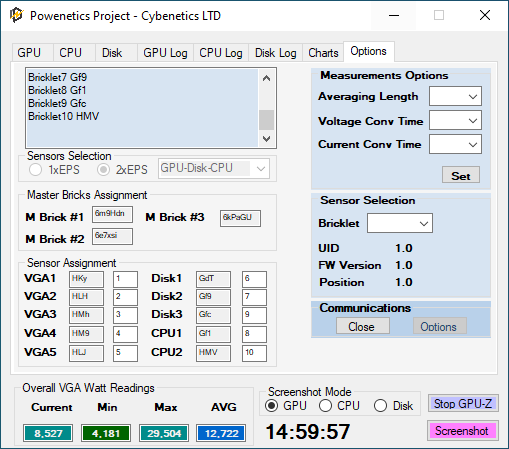
The GPU is not a witch's work and so a maximum of 5 rails, i.e. the two on the motherboard slot (12 and 3.3 volts), as well as up to three separate PCIe ports add up. I haven't seen four jacks yet, so these five rails will surely be enough in the future. The picture below shows the GTX 1660 Super from MSI in the Idle, which is already sufficiently pictured.
With the CPU, I deliberately focus on the two EPS ports, where it can be 4 (ITX), 8 , 8+4 and 8+8 pins. The integration of the CPU data is only exemplary and not complete here, since this part takes place in parallel in the log via the mysterious time stamp. But I cannot and do not want to show everything here. It is important that it works and is also quite easy to realize. Spoiler: Ethernet and NTP 😉
What is in the disc tab here is the motherboard with the three supplied voltages 12, 5 and 3.3 volts. However, I can use my own evaluation software for the Powenetics Logs e.g. calculate the motherboard slot of the graphics card from this measurement, so that it really only refers to values of the motherboard.
Summary and conclusion
You see, something has been done in secret. What is important (also for reasons of transparency) I have shown you herewith. I keep the rest for myself, because I have invested the time and money for you as a reader and not to make third parties smart. The modular system is not secret, the interface description is publicly accessible. Only the concrete implementation remains proprietary, so I ask for your understanding.
In any case, we will be the first website to use this technique in such full form, not to mention YouTube. Although we do not have an editorial office with 10 employed writers and large financial resources, we do have friends, helpers, tools and technology. This then compensates for a lot of things under the end. So you can be curious, because endless benchmark series are nice, but the data behind them are no less interesting. You just have to set priorities. As always, by the way.
If someone is interested, is familiar with VB.Net or C++ and would like to participate here – I would appreciate any help from the community that relieves me and gives me more time for the tests. The whole thing is and will remain a non-profit project that we will not sell to third parties. Some unique selling point must keep this page.














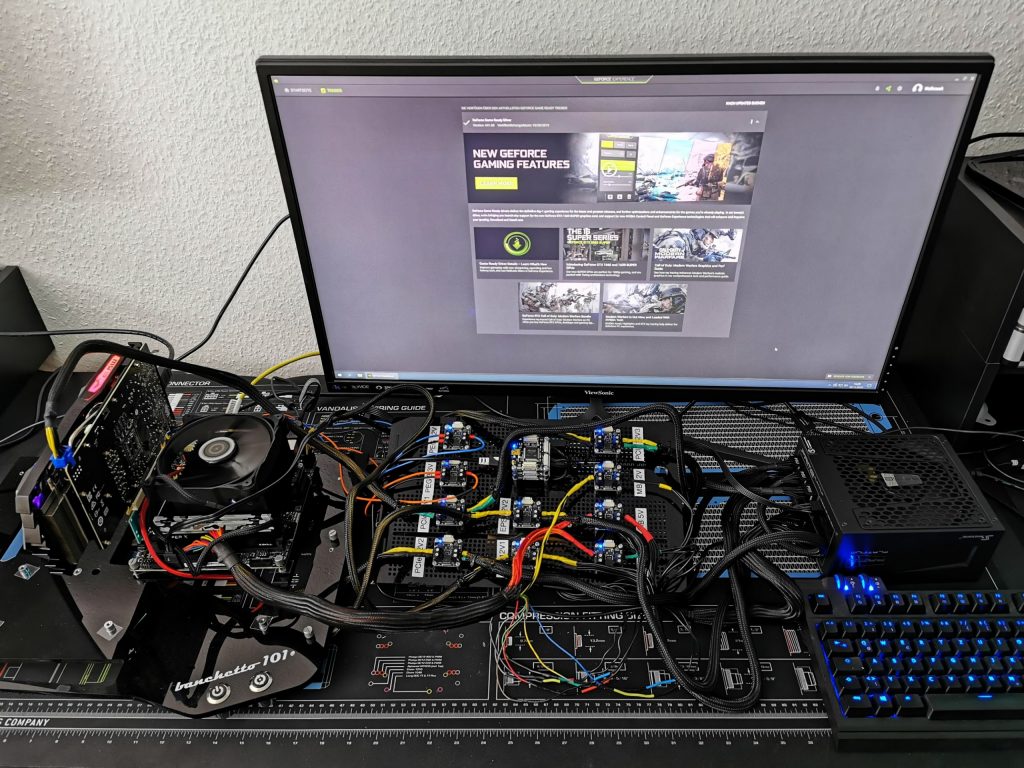
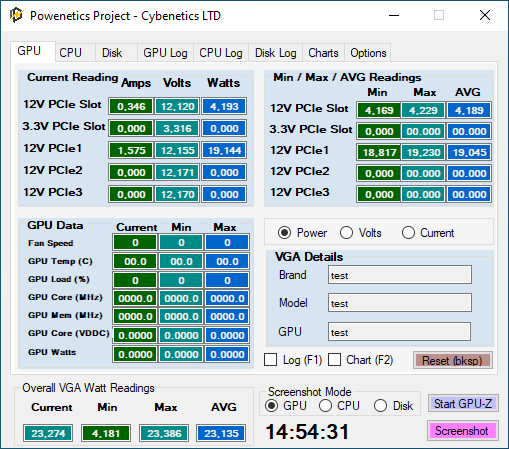
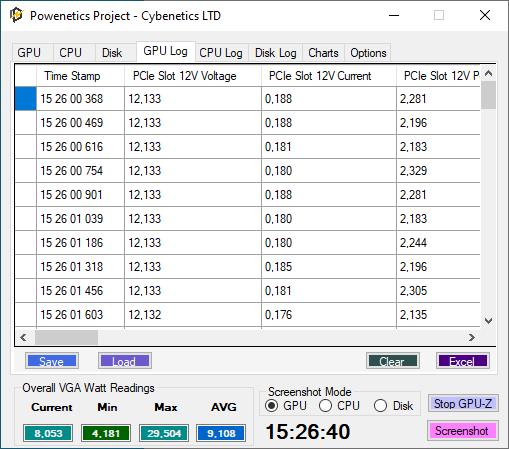
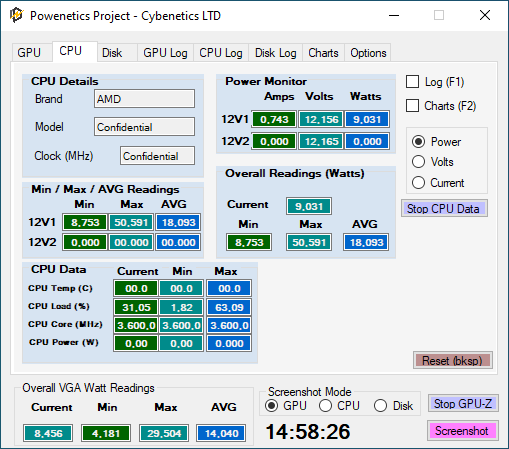
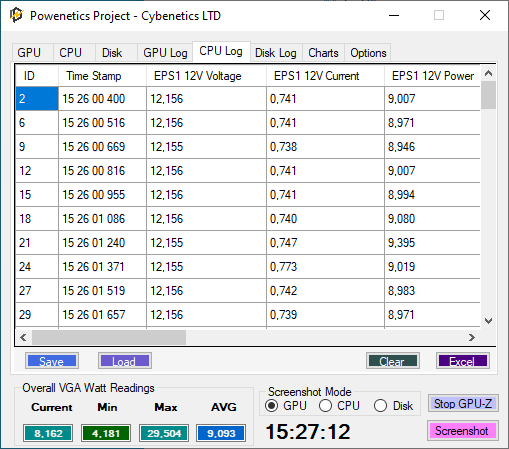
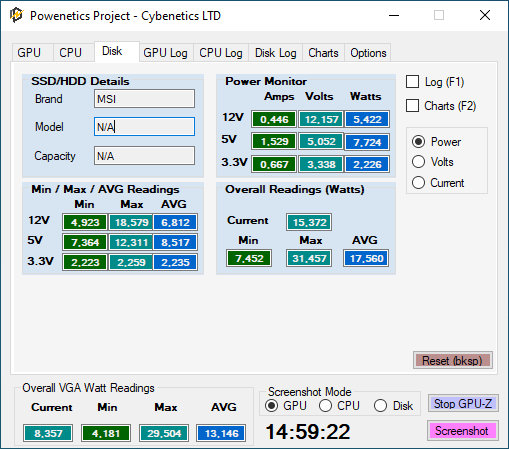
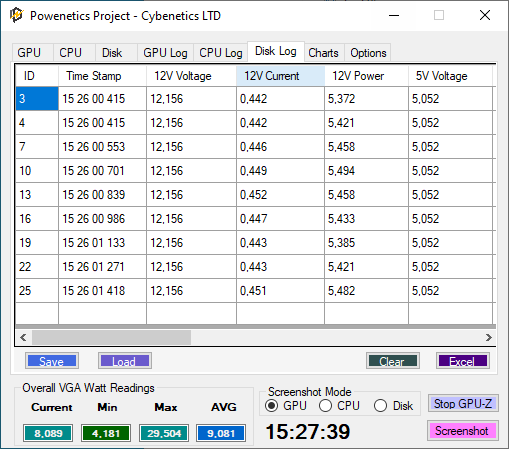

















Kommentieren